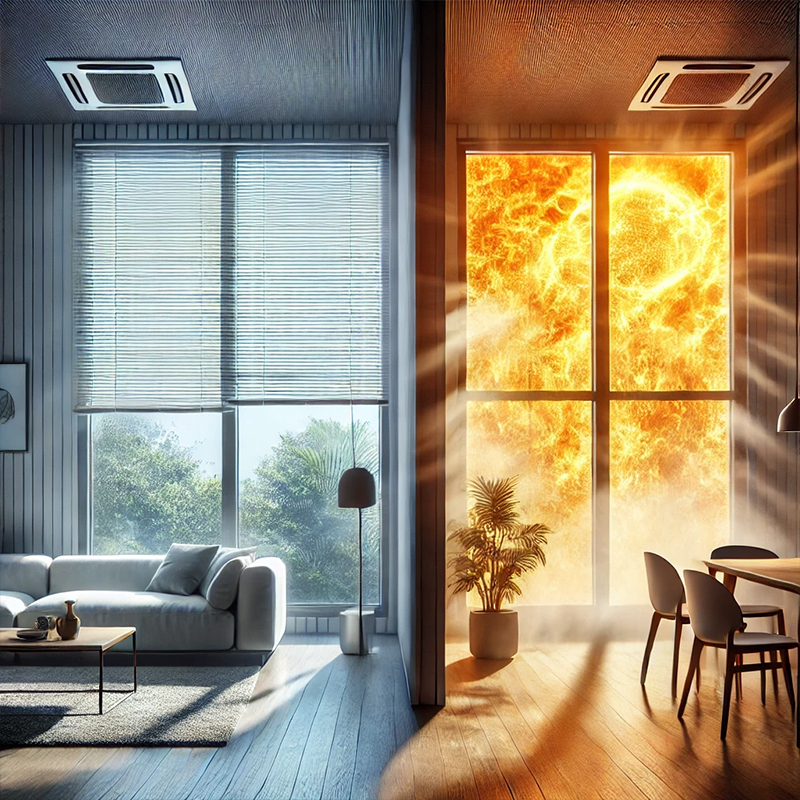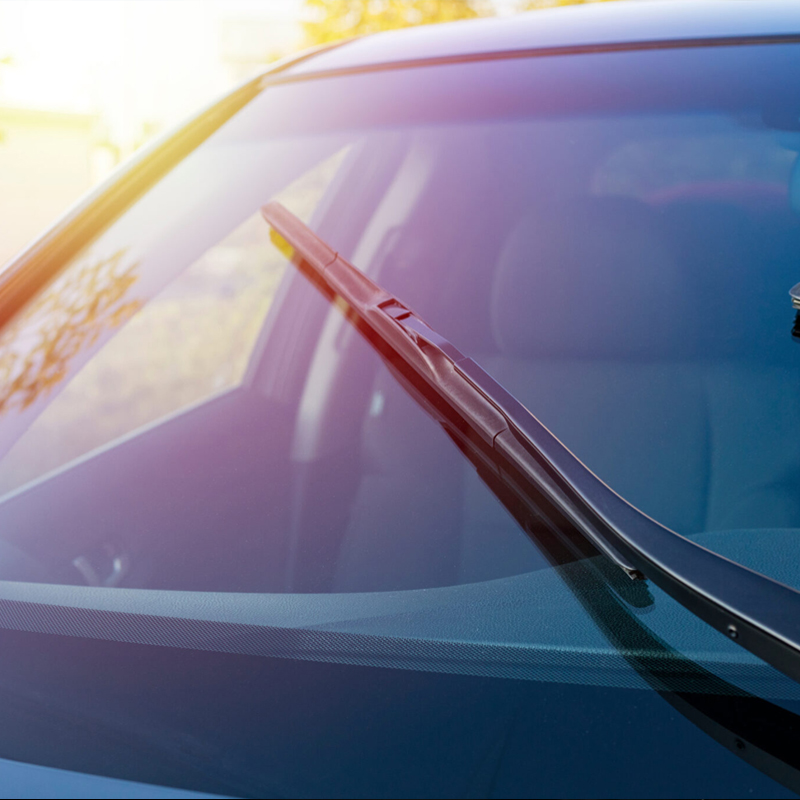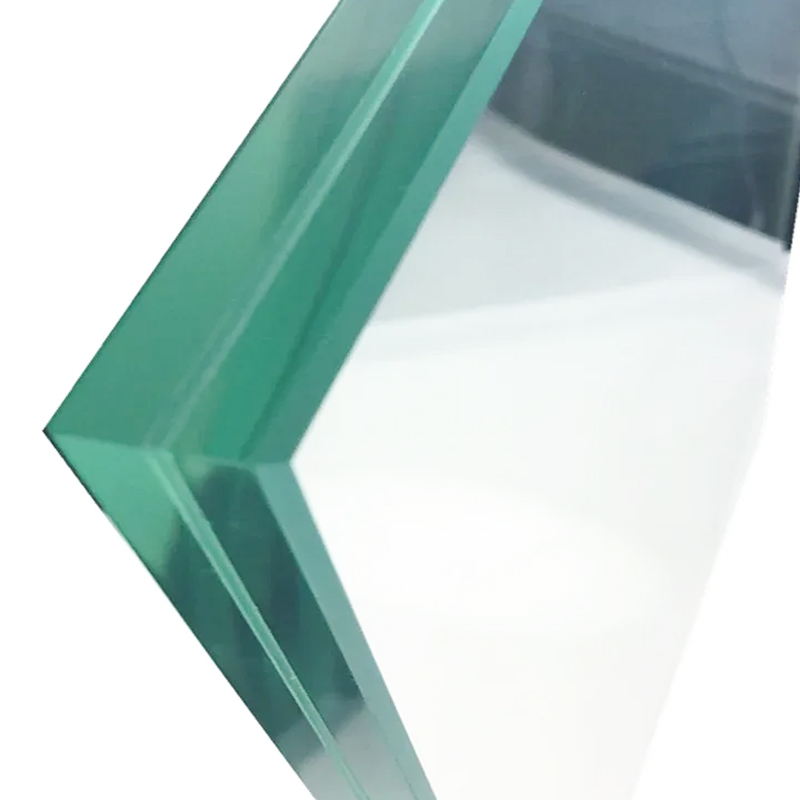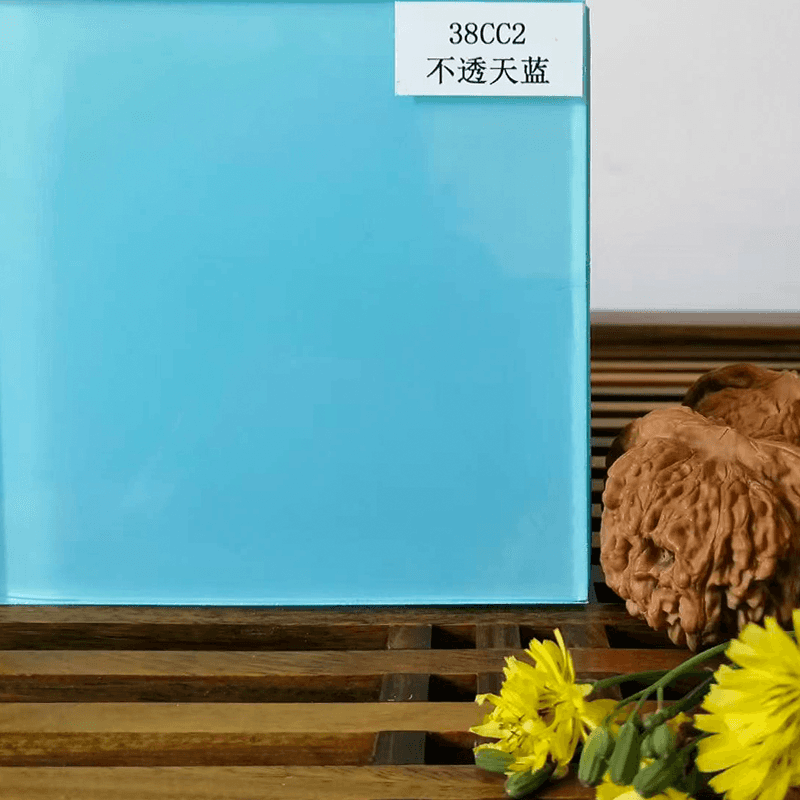language
When it comes to laminated glass, interlayer films play a crucial role in determining performance, safety, and durability. Among the most widely used interlayers are PVB (Polyvinyl Butyral) interlayer film and EVA (Ethylene Vinyl Acetate) interlayer film. While both materials serve similar purposes, they have distinct properties, applications, and advantages. Understanding these differences can help manufacturers, architects, and end-users make informed decisions when selecting laminated glass for safety, automotive, construction, or decorative purposes.
Understanding Interlayer Films
An interlayer film is a thin, transparent sheet placed between layers of glass to create laminated glass. Laminated glass consists of two or more layers of glass bonded together with an interlayer, which provides structural integrity, safety, sound insulation, and, in some cases, energy efficiency.
The primary functions of interlayer films are:
- Safety: Preventing glass from shattering into dangerous shards.
- Structural support: Maintaining glass integrity under stress.
- Sound insulation: Reducing noise transmission.
- UV protection: Filtering ultraviolet rays to protect interiors.
- Aesthetic enhancement: Allowing for color and design integration.
Two of the most common interlayer materials are PVB and EVA, each with unique chemical compositions and physical characteristics.
PVB Interlayer Film: An Overview
Polyvinyl Butyral (PVB) interlayer film is the most traditional and widely used interlayer in laminated glass. It is produced from polyvinyl alcohol, butyraldehyde, and plasticizers, resulting in a flexible, transparent, and adhesive sheet.
Key Properties of PVB Interlayer Film
- High Adhesion: PVB adheres strongly to glass, ensuring that laminated glass holds together even when broken.
- Transparency: PVB offers excellent optical clarity, making it ideal for applications requiring unobstructed views.
- Flexibility: It is highly flexible, allowing the glass to absorb impacts without immediate fracture.
- Acoustic Insulation: PVB effectively reduces noise transmission, making it a popular choice for urban environments.
- UV Protection: It can filter up to 99% of ultraviolet (UV) rays, protecting interiors and furnishings from fading.
- Safety Performance: PVB holds glass fragments in place upon impact, significantly reducing injury risk.
Typical Applications of PVB Interlayer Film
- Automotive windshields: PVB is almost universally used in windshields due to its safety and optical clarity.
- Architectural laminated glass: Widely used in building facades, skylights, and glass partitions.
- Bullet-resistant glass: Multi-layered PVB films contribute to safety glass in banks, government buildings, and vehicles.
- Decorative laminated glass: Colored or patterned PVB films can enhance aesthetic appeal in interior design.
EVA Interlayer Film: An Overview
Ethylene Vinyl Acetate (EVA) interlayer film is a copolymer of ethylene and vinyl acetate. While historically less common than PVB, EVA has gained popularity in specialized applications due to its unique properties.
Key Properties of EVA Interlayer Film
- Excellent Adhesion with Heat Activation: EVA bonds to glass and other substrates when heated, forming a strong and durable laminate.
- High Moisture Resistance: EVA is resistant to water ingress, making it suitable for humid or wet environments.
- Optical Clarity: Modern EVA films can achieve near-perfect transparency.
- UV Resistance: With proper stabilization, EVA can offer long-term UV protection, although it generally requires additives.
- Durability: EVA laminates tend to be more resistant to delamination over time, especially in high-humidity or outdoor conditions.
- Flexibility: EVA is flexible, though slightly less so than PVB under impact.
Typical Applications of EVA Interlayer Film
- Photovoltaic panels: EVA is widely used in solar modules due to its excellent adhesion and weather resistance.
- Architectural laminated glass in humid climates: EVA is often preferred in tropical or coastal areas to prevent delamination.
- Decorative glass: EVA can be colored or textured to create aesthetic laminated panels.
- Safety glass in marine environments: Its resistance to moisture makes EVA ideal for boats and water-exposed structures.

Key Differences Between PVB and EVA Interlayer Films
While PVB and EVA share several functional similarities, their differences make each suitable for specific applications. Below is a detailed comparison:
| Feature | PVB Interlayer Film | EVA Interlayer Film |
| Adhesion to Glass | Excellent at room temperature | Requires heat activation |
| Transparency | Very high optical clarity | High, can be affected by long-term UV exposure without additives |
| Flexibility | Highly flexible | Flexible, slightly less impact-absorbent |
| UV Protection | Naturally filters up to 99% UV | Requires UV stabilizers for long-term protection |
| Moisture Resistance | Moderate | Excellent, resists water and humidity |
| Acoustic Performance | Good noise reduction | Moderate |
| Durability | Can delaminate in high humidity over time | Highly durable in outdoor/humid conditions |
| Typical Applications | Automotive, architectural, safety glass | Solar panels, humid climate architecture, marine environments |
Safety and Impact Performance
Both PVB and EVA enhance safety in laminated glass, but their performance under impact differs:
- PVB: Highly effective at holding shattered glass together, making it ideal for windshields and urban safety glass.
- EVA: While EVA also retains glass fragments, its impact absorption is slightly lower than PVB. However, in thick laminates or multi-layer applications, EVA performs very well.
For bullet-resistant or highly secure glazing, PVB remains the preferred choice, often in combination with other specialized films.
Durability and Weather Resistance
Durability considerations often dictate the choice between PVB and EVA:
- PVB: Can delaminate in high-moisture environments or under prolonged UV exposure without protective coatings. This makes PVB less ideal for coastal or tropical climates unless specially treated.
- EVA: Resistant to moisture and humidity, making it suitable for solar panels, humid building interiors, and marine environments. EVA laminates tend to maintain adhesion and clarity over decades when properly processed.
Thermal and Acoustic Properties
- Thermal insulation: Both PVB and EVA have some thermal insulation properties. PVB tends to provide slightly better sound insulation due to its higher damping effect.
- Acoustic performance: PVB is generally preferred for urban buildings or automotive glazing where noise reduction is critical.
Processing and Manufacturing Considerations
PVB Interlayer Film:
- Requires a clean lamination process, often using autoclave heat and pressure.
- Sensitive to moisture; storage conditions must be controlled.
- Requires careful handling to prevent scratches or contamination.
EVA Interlayer Film:
- Requires heat activation, often in a vacuum bag or lamination press.
- Less sensitive to moisture during storage and processing.
- Can bond to non-glass substrates, enabling innovative laminated composites.
Cost Considerations
- PVB: Traditionally more expensive for architectural or decorative applications due to complex production and high-quality raw materials.
- EVA: Cost-effective for large-scale applications like solar panels or humid-environment laminates, but may require additives for UV and long-term clarity.
Choosing Between PVB and EVA
The choice of interlayer film depends on the intended application and environmental conditions:
- For automotive windshields: PVB is nearly universal due to safety performance, optical clarity, and impact absorption.
- For architectural glass in dry climates: PVB offers superior acoustic performance and safety.
- For humid or outdoor environments: EVA is often preferred to prevent delamination and maintain durability.
- For solar panels or laminated composites: EVA is the standard due to moisture resistance and long-term adhesion.
- For decorative or colored glass: Both PVB and EVA can be used, depending on desired color stability, environmental exposure, and budget.
Conclusion
Both PVB and EVA interlayer films play essential roles in modern laminated glass applications. PVB is renowned for its safety, impact absorption, and acoustic performance, making it ideal for automotive and urban architectural applications. EVA, on the other hand, excels in moisture resistance, durability, and specialized applications such as solar panels or humid environments.
Understanding the properties, advantages, and limitations of each interlayer allows manufacturers, designers, and consumers to make informed choices that balance safety, performance, aesthetics, and cost. While neither material is universally “better,” selecting the appropriate interlayer based on environment, application, and performance requirements ensures the longevity and effectiveness of laminated glass.






